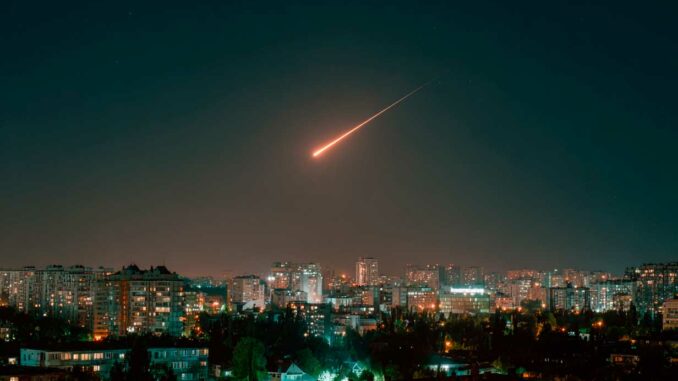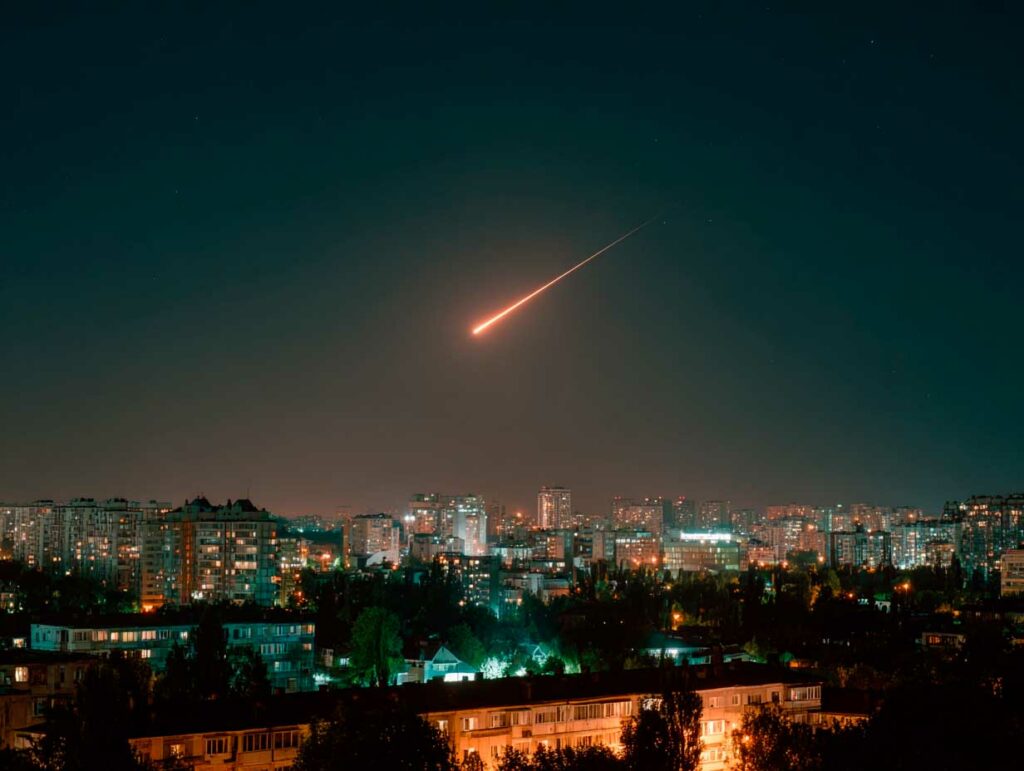
Ukrainian defense faltering: Russian missile upgrades make Patriot interception more complex, according to a US report.
Russian advances in the design of modified ballistic missiles and their increased use are weakening the Patriot system’s interception capabilities in Ukraine. This finding, confirmed by the US Defense Intelligence Agency (DIA), represents an urgent vulnerability that could be exploited in a prolonged conflict. The strategic impact is amplified by depleted interceptor stocks and slow production, calling into question the defensive balance in Europe.
Increased difficulties for the Patriot system against Russian missiles
The US Defense Intelligence Agency (DIA) has confirmed that the Patriot defense systems deployed in Ukraine are less effective against recently upgraded Russian ballistic missiles. These missiles now have the ability to change their trajectory in flight, using so-called quasi-ballistic patterns, which makes it extremely difficult for the Patriot software to calculate interception points. As a result, the Ukrainians were only able to shoot down 1 in 7 missiles during an attack on June 28, and 7 in 13 during a massive raid on July 9.
These results illustrate a dynamic in which in-flight modification and the use of radar decoys are major technical factors that undermine the trajectory predictions made by the Patriot’s radars and computers.
Technical characteristics of missiles that challenge the Patriot
Among the most frequently used missiles by Russia are the Iskander-M and the KN-23. The Iskander-M, a short-range ballistic missile (400–500 km), is capable of performing controlled maneuvers in flight, making radar tracking more difficult. Ukrainian sources also mention the installation of radar decoys on board, designed to deceive Patriot interceptors.
The KN-23, similar to the Iskander-M, has a “pull-up” capability in the terminal phase, abruptly changing its trajectory to avoid interception. The head of Ukrainian intelligence, General Budanov, said that cooperation with North Korea was aimed at improving the accuracy of the KN-23.
These technical developments represent a real tactical breakthrough: the ability to change direction in flight reduces the traditional chances of interception based on predictable ballistic trajectories.

Limited stock and insufficient production of Patriot missiles
The Patriot is the cornerstone of Ukraine’s missile defense. However, the availability of systems and interceptors is critical. Economically, production lines are struggling to meet demand: Lockheed Martin aims to produce more than 600 PAC-3 MSE missiles in 2025, compared to around 350 a few years ago; global production is now estimated at 850 to 880 units per year, with a target of 1,130 by 2027.
Missiles often have to be launched two or three times to neutralize a single threat, which puts even more pressure on stocks. Despite industrial efforts, stocks remain depleted, and the Pentagon acknowledges internal tensions, even though it says it has what it needs to fight.
In addition, delivery delays have been confirmed: Switzerland has agreed to postpone the delivery of its Patriots to prioritize Ukraine. This imbalance between actual use on the front lines and industrial capacity to compensate is a major strategic problem.
Strategic implications and operational consequences
The reduced effectiveness of Patriot defenses against modernized Russian missiles has direct tactical repercussions on the ground. It further exposes urban centers, vital infrastructure, and Ukrainian forces to more likely strikes. The depletion of interceptor stocks limits the resilience of the system over time.
This finding is also a warning sign for other armies operating Patriot systems, such as the US Army. Several countries are considering upgrading their systems, notably with improved radars, an effort already underway in the United States.
Finally, this situation illustrates a fundamental principle of prolonged conflict: both sides learn and adapt. Russia is refining its ballistic missiles, while Ukraine and its allies are forced to rethink their air defense, accelerate interceptor production, and innovate tactically, for example by moving or masking batteries to avoid direct strikes.
What are the options for strengthening defense?
Several responses are possible to address the current challenges. First, the rapid replacement of Patriot batteries and PAC-3 missiles by the US industry and allies is essential.
Second, technical improvements to the system: integration of more powerful radars, trajectory calculation software adapted to quasi-ballistic maneuvers, and adaptation of interceptors to detect decoys or complex trajectories.
Thirdly, exploring complementary systems (e.g., other types of radars or missiles) could strengthen the resilience of Ukraine’s defense.
Finally, international cooperation—particularly through NATO—remains crucial for pooling production, stocks, and technologies, as well as for optimizing the distribution of resources in the face of the urgency of the conflict.
War Wings Daily is an independant magazine.